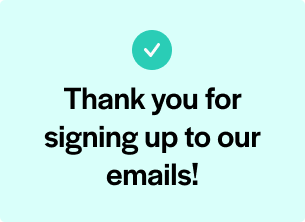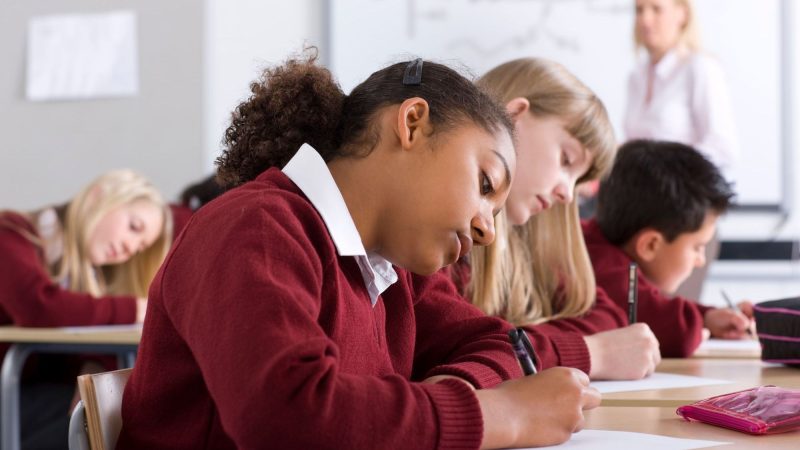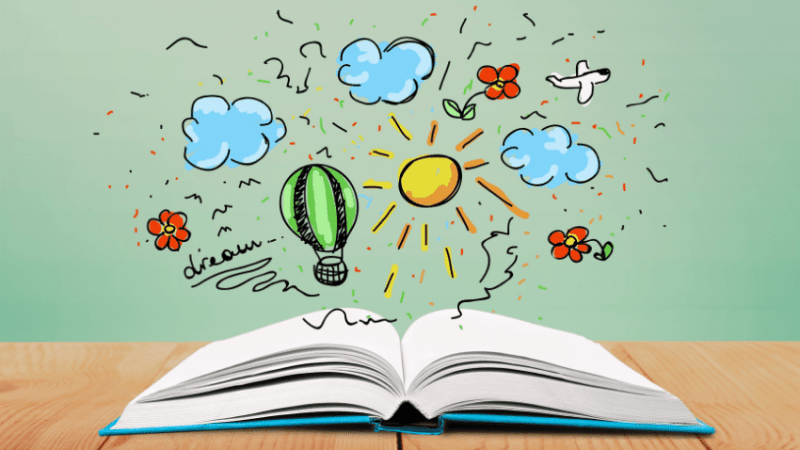Reading – Why all teachers should be giving lessons

Alex Quigley flags up some of the issues that can lead to reading gaps across the curriculum – and what teachers in different departments can do about them…

- by Alex Quigley
- Writer, speaker, former teacher and head of content and engagement at EEF Visit website

Every secondary school teacher recognises the value and importance of reading. And yet, we should ask: is every secondary school teacher adequately trained so that they can teach reading successfully in their subject domain?
The teaching of reading isn’t just for English teachers. Notions that maths, science or geography teachers needn’t worry about teaching reading to teens are plain wrong.
Science teachers know that navigating the language of science – particularly their tricky textbooks – is essential for many students. Equally, geography teachers understand that geographical knowledge is closely bound to how well you can read.
Our GCSE students face the challenge of wading through over 30 hours of examinations packed with challenging reading. As a result, it has become more important than ever that teachers don’t just value reading, but that they teach it with great skill, as well as helping their students overcome any reading barriers.
What is the ‘reading gap’?
To understand the reading gap that threatens the very foundations of secondary school success for our students, we need to pay attention to the evidence.
The facts on the reading gap are sobering. For example, only 73% of students leaving primary school in 2019 reached the expected level for reading, meaning that many of these students will struggle to access the KS3 curriculum.
On top of that, a recent study by GL Assessment involving over 370,000 students found that a quarter of students aged 15 have a reading age of only 12.
The implications of students struggling to read when they enter secondary school, and the gap not closing, is stark and worrisome.
In how many lessons do students not quite understand the text? How many teacher explanations aren’t understood because the chapter being described proved inscrutable to those students attempting to read it?
Teachers see and hear this in their classroom. They may well listen as a Y9 student reads a worksheet, for instance, and recognise the obvious signs of ‘stop-start reading’ – tripping over words, failing to grasp the meaning behind the text.
What teachers can do about this, however, is often less clear.
We need to first address the challenge of the teacher knowledge gap. The questions we should ask are what makes reading difficult, and what can busy teachers do about it?
The curriculum reading challenge
One of the key changes in the latest iteration of GCSEs and A levels is the greater demands they now place on reading.
For example, take this short passage from the English Language GCSE:
“Many a time when I first began to ride in traffic have I meekly escorted an omnibus in a crowded street, thankful for the shelter it afforded from the wild and skirmishing jungle round me, and feeling like what I may perhaps describe as a dolphin playing round an ocean liner.”
Bicycle on the streets of London,
Magazine 1896
Consider what makes this text complex. What’s immediately apparent is the background knowledge demand related to Victorian England. How many of our students know what an ‘omnibus’ or an ‘ocean liner’ is?
The complex sentence structure, including three lengthy clauses, is enough to stretch the working memory of our strongest students.
Add in the metaphors of the ‘skirmishing jungle’ and the playful dolphin and you recognise the juggling act our students face.
I could have easily shared a historical source, a case study of rural India in geography or a period of art history. Every subject has its own nuanced ways of reading, each subtly different.
Most of the texts our students read will be informational texts, which prove more difficult for weaker readers. Informational texts tend to include more rare vocabulary and call on a greater depth of background knowledge on average than much of the fiction our students may read more habitually (if at all).
Strategic readers in every subject
If we can help our students to unlock the dense, often tacit, text features and structures that make up much of their academic school reading, we can ensure that they become active, strategic and successful readers.
There are some subject-specific reading strategies that are well-suited to specialist subject domains. In history, for example, students will deploy ‘corroboration’, which is to say that they’ll carefully compare their reading of one source with another.
What each teacher needs to understand is how to undertake the academic reading strategies appropriate to their domain.
Of course, there are also general reading strategies we can explicitly teach that will help students read more actively and effectively.
One approach to teaching such strategies deliberately is ‘reciprocal reading’, whereby students are trained (with explicit modelling by the teacher) to take on the role of ‘predictor’, ‘questioner’, ‘clarifier’ and ‘summariser’.
The act of summarising what’s been read, or asking questions, might seem like such obvious things to do that they hardly need to be taught – and yet, ample research on students shows that many average readers in fact don’t read with the aid of these apparently obvious methods of building understanding.
Simply modelling summarising, whether that be through utilising the Cornell note-making method or verbally summarising and synthesising a textbook chapter, helps embed approaches to reading tricky texts that will aid our students in both understanding and remembering what’s been read.
If we can devote time and training to the explicit teaching of academic reading, it will prove helpful to many students, harmful to none, and essential for some. Our students will gain, and so will teachers. It’s time that we focused on closing the reading gap in secondary schools.
The Arduous Eight
We can help teachers through categorising what we mean by ‘text complexity’. In my book, Closing the Reading Gap, I share what I term the ‘Arduous Eight’ – the different features of academic texts that increase the complexity of what is read:
- Background knowledge – the sheer range of necessary knowledge and related ideas in each passage or whole text
- Range and complexity of vocabulary (including word length)
- Use of abstract imagery and metaphorical language
- Sentence length and syntax
- Narrative or whole-text structures
- The generic elements of the text, (eg a biographical account in history)
- The scaffolds present or absent in each text (eg keyword glossary)
- Text length
We can apply these to any texts we use in the classroom, whether it be a textbook or a fiction text in English.
A textbook chapter will involve more scaffolds, but the graphs and diagrams in, say, a PE textbook can prove difficult to navigate, along with complex paragraphs that might use specialist vocabulary and lengthy sentence structures.
Alex Quigley was a teacher for 15 years and now works for the Education Endowment Foundation, as well as writing books for teachers; his latest book is Closing the Reading Gap (£16.99, Routledge)










